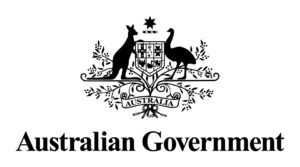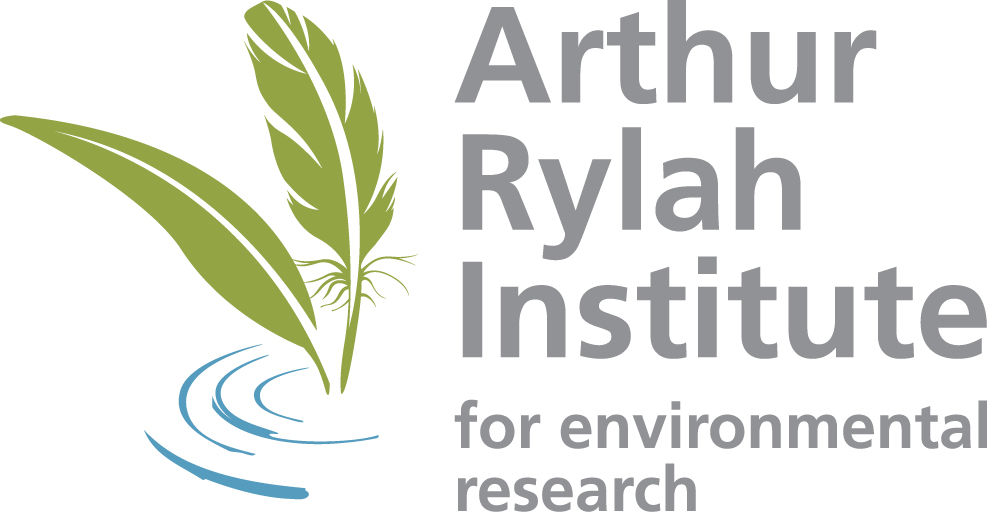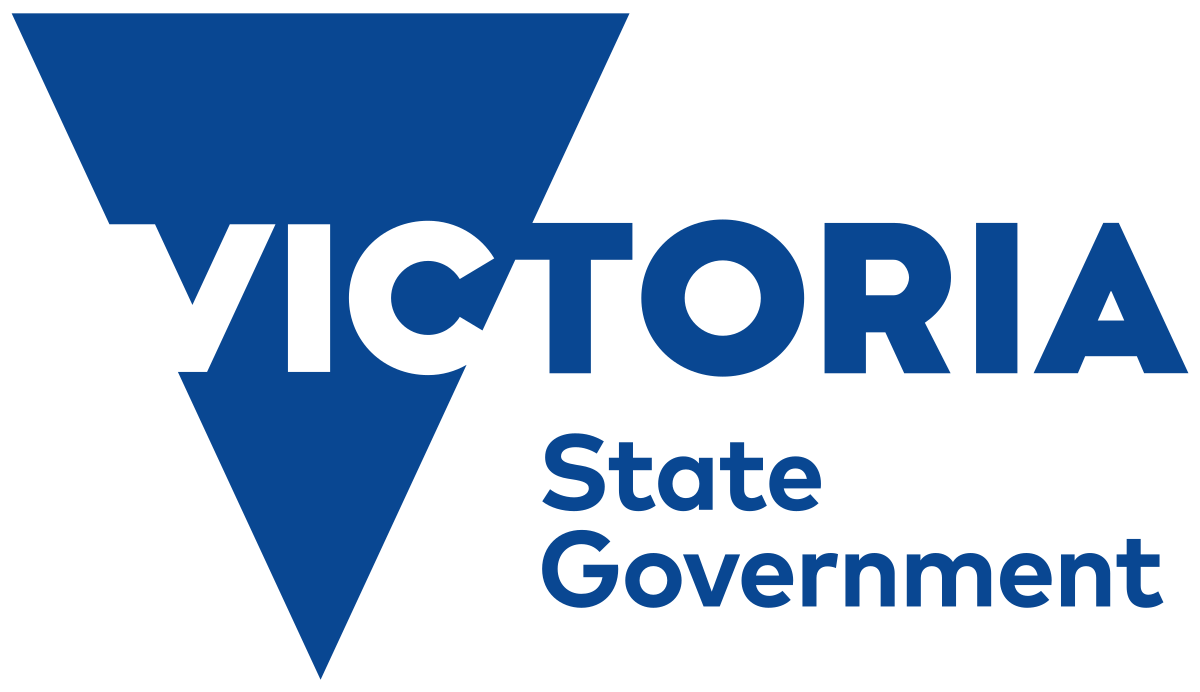How to support the little fat bats
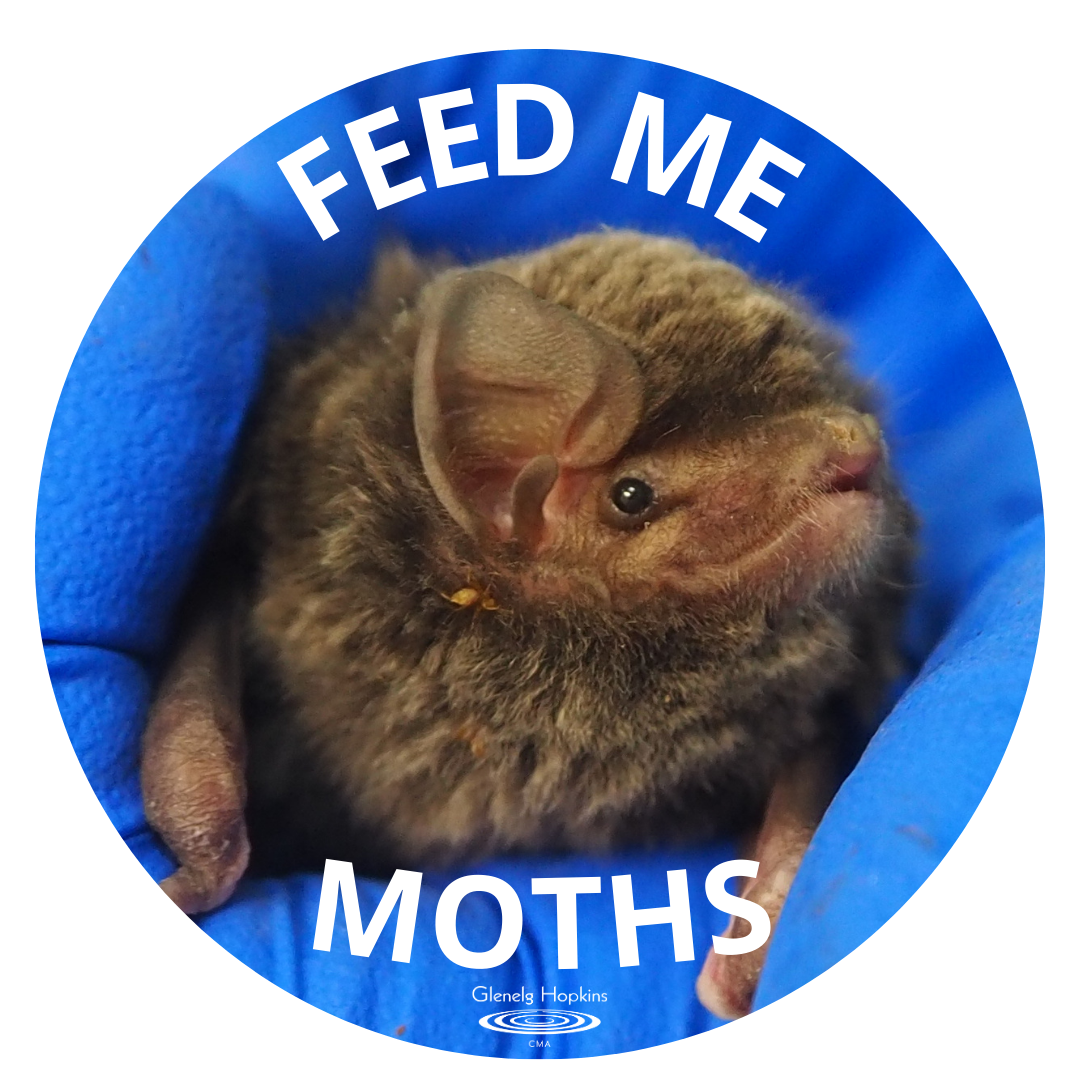
Reversing Decline of the critically endangered
Southern Bent-wing Bat
These microbats, which measure only 5 centimetres and weigh just 17 grams,
live and forage in the Portland area.
Portland is home to one of Australia’s critically endangered mammals the Southern Bent-wing Bat.
These microbats reside in caves beneath Point Danger Coastal Reserve and Bats Ridge Wildlife Reserve and rely on caves to raise their young and on insects for food.
What is the Southern Bent-wing bat?
Bats are often maligned and misunderstood as they are frequently portrayed as threatening or unsafe.
For these furry little critters, this presumption couldn’t be further from the truth.
Weighing in at 15 grams and 55mm in length, their greatest threat is to the insects they devour.
During the warmer months these tiny microbats flit about just above our heads catching a feed, often without us being aware.
On any night, Southern Bent-wing Bats can eat half their body weight in insects making them an important predator in the ecosystem. As it is for many bats, their preferred delicacy is moth.
The Glenelg Hopkins CMA is currently inviting interested members of the community to become ‘citizen scientists’ and help researchers investigate the type and number of moths that occur at Point Danger and Bats Ridge. The findings will be used to improve foraging areas and support the local bat population.
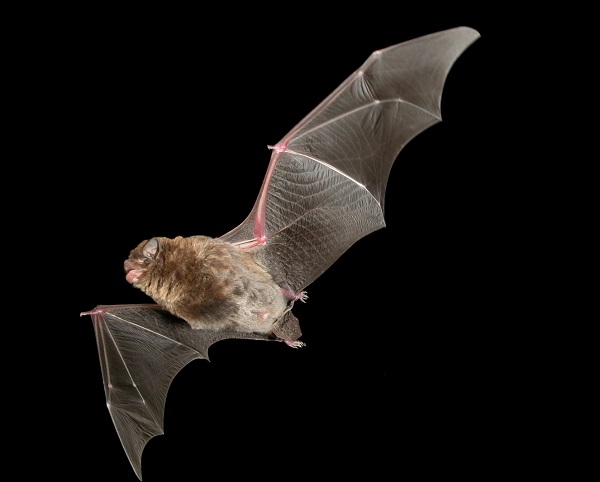
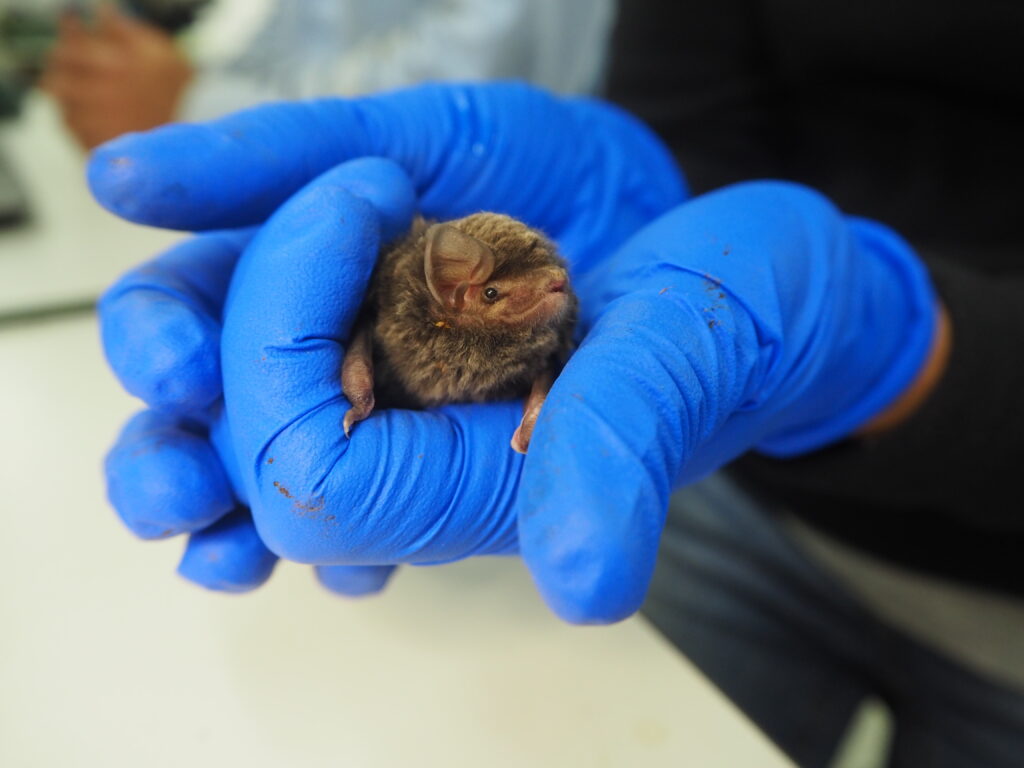
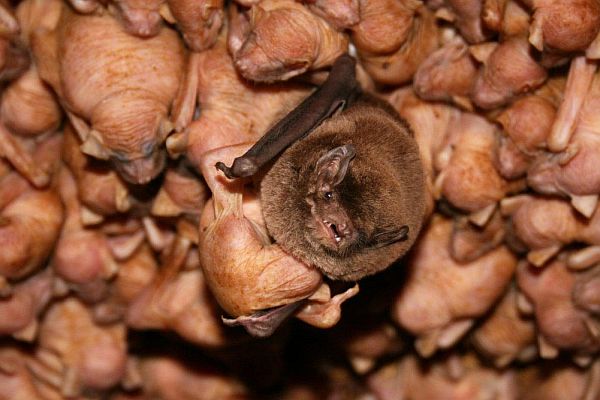
Making fat bats by monitoring moths
One of the easiest ways people can help support the Southern Bent-wing Bat is by helping us understand what sort of moths and insects are currently in their home ranges.
This is a really simple – it just takes a second or two to snap a photo of the moths you find at your own back or front door!
If you have moths that flutter around your house lights, grab a photo of one landed and upload it to the iNaturalist app!
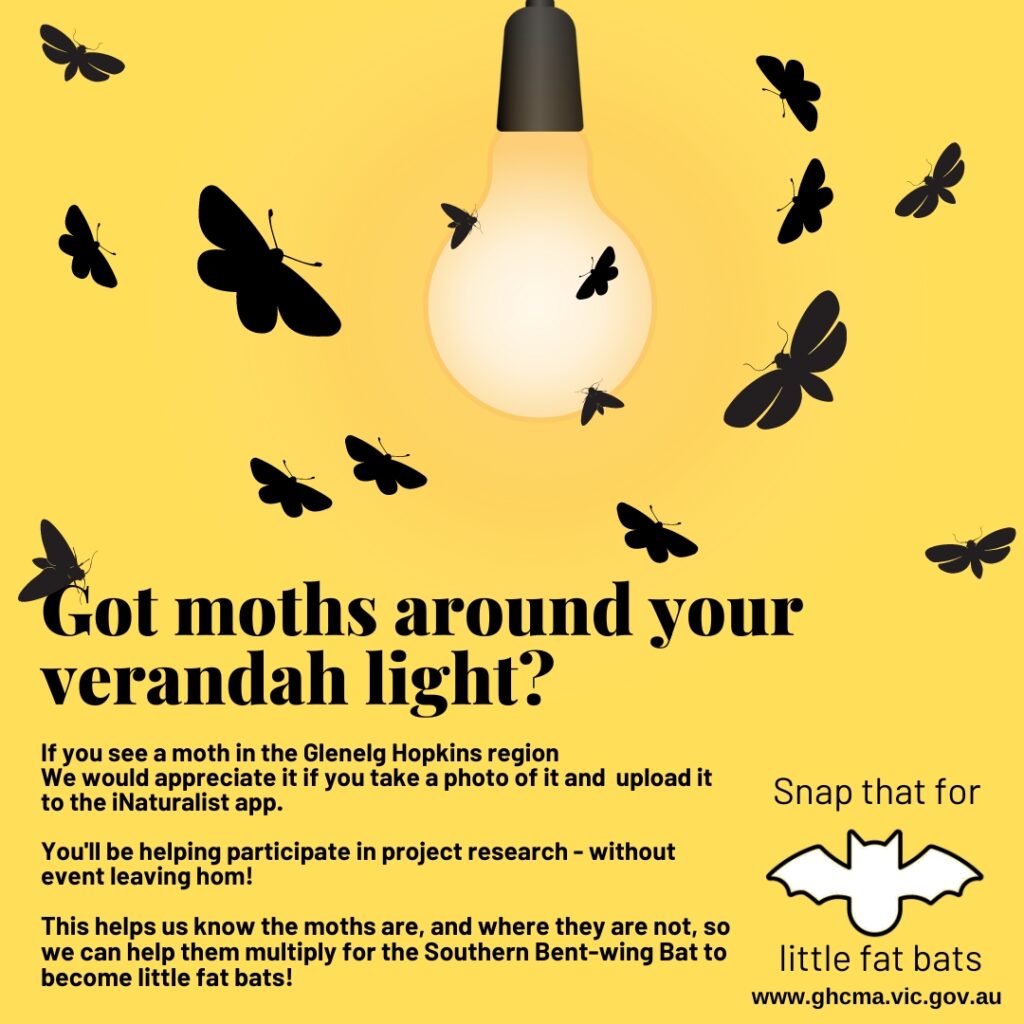
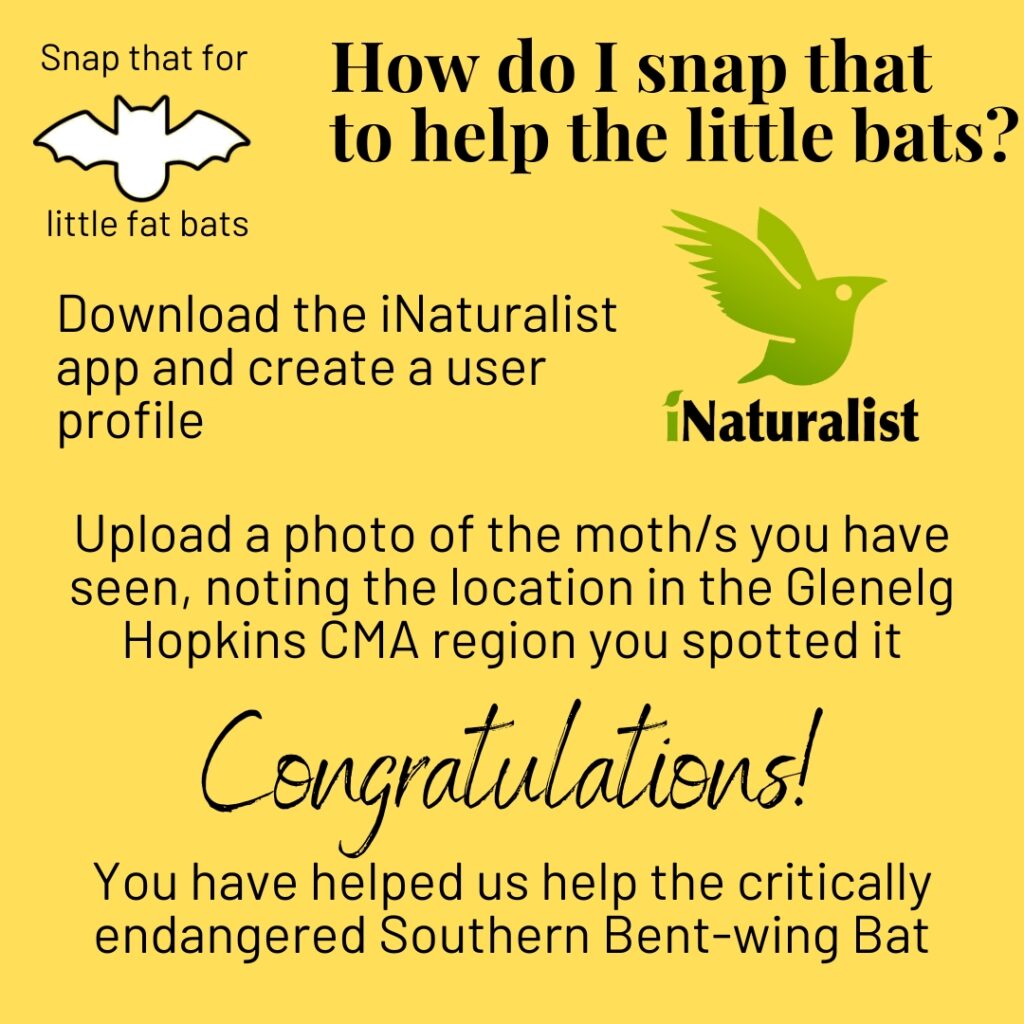
ARI bat monitoring – 2023
Late in 2023 researchers from the Arthur Rylah Institute visited the region to get data on the bats.
This included trapping the bats and gathering information on size, health, etc as a means of some baseline data for this project.
The monitoring also gave us the opportunity to see the Southern Bent-wing bats up close!
What can I do to help?
Portland is home to critically endangered Southern Bent-wing Bat. The Glenelg Hopkins CMA project is supporting the community and landholders to undertake work to improve foraging opportunities and food supply.
• Join the citizen science project to improve understanding of food availability for Southern Bent-wing Bats.
• Landowners can access grants from SEA to undertake works to improve local wildlife habitat. Information and applications HERE
• Significant woody weed control works are being undertaken at Point Danger Coastal Reserve
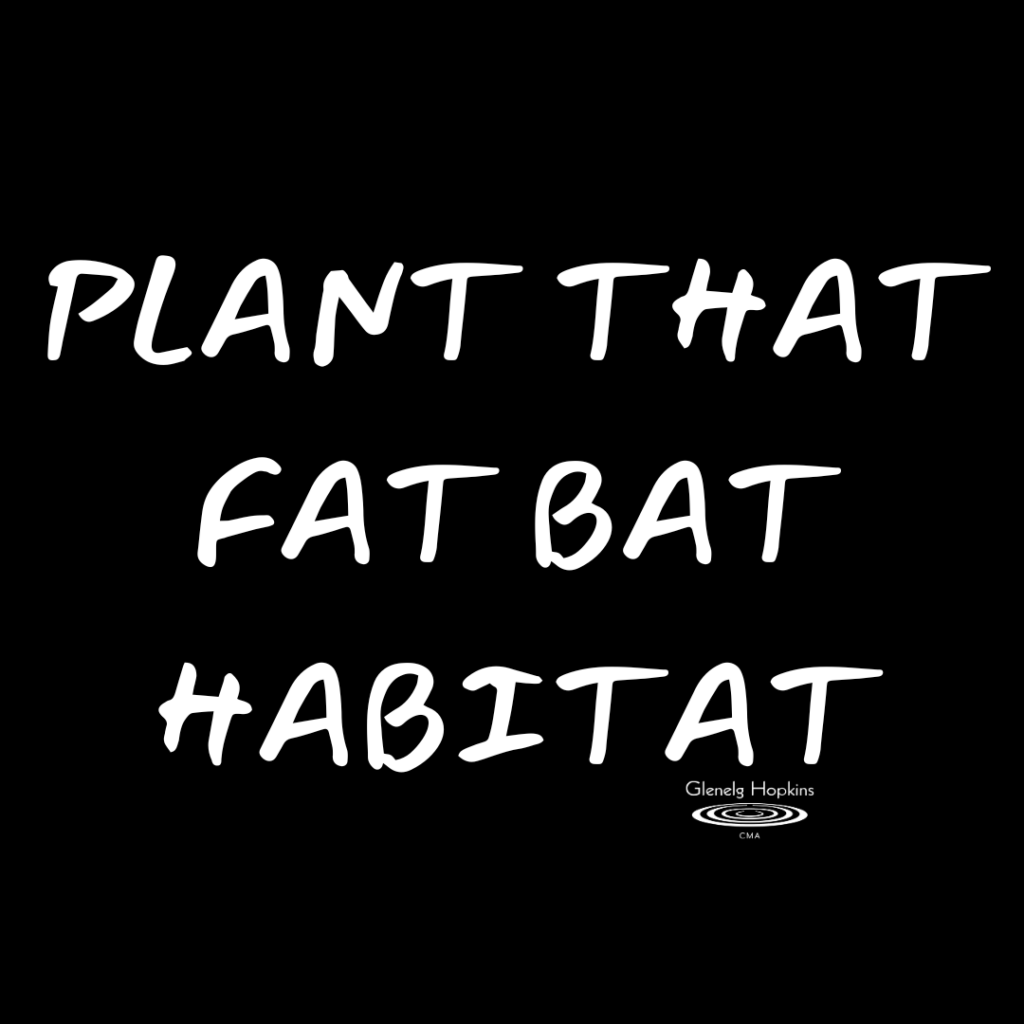
What do I plant to help the bats?
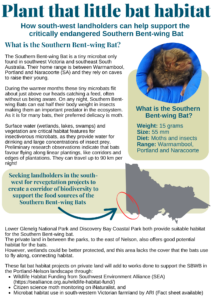
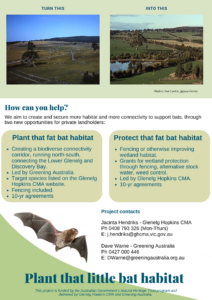
As with most Australian wildlife, the best habitat for Southern Bent-wing bats is the habitat they evolved with.
Glenelg Hopkins CMA is committed to replanting the landscape with the same species of plants that occurred in an area prior to 1750. Even within a small geographical area, the species that previously occurred (or may still occur) in an area can vary according to a range of environmental factors including soil type, rainfall, slope of the land and exposure to wind or salt.
If you are considering a large-scale revegetation project of ~200 plants or more, it is advisable to contact Glenelg Hopkins CMA and obtain a species list that is specific to your property. You may be eligible for a grant to assist you with the cost of your revegetation project.
However, if you are looking to establish a few plants on your property to help the Southern Bent-wing Bat there is no harm in planting native species that may not occur naturally on your property provided they do grow naturally in the general vicinity.
The following species are known to grow naturally within a 40km radius of Portland and are likely to survive in most soil types in the region.
*The plant list provided is neither exhaustive nor complete. If you require assistance with planting advice please contact the Glenelg Hopkins CMA.
SUGGESTED PLANT LIST*
Common Name Scientific Name
Brown Stringybark Eucalyptus baxteri
Jimmys Shining Peppermint Eucalyptus willisii
Swamp Gum Eucalyptus ovata
Messmate Stringybark Eucalyptus obliqua
Manna Gum Eucalyptus viminalis
Blackwood Acacia melanoxylon
Black Wattle Acacia mearnsii
Prickly Moses Acacia verticillata
Silver Banksia Banksia marginata
Scented Paperbark Melaleuca squarrosa
Prickly Tea-tree Leptospermum continentale
Heath Tea-tree Leptospermum myrsinoides
Black-anther Flax-lily Dianella Revoluta
Coast Beard Heath Leucopogon parviflorus
Sweet Bursaria Bursaria spinosa
Bent Goodenia Goodenia geniculata
Tall Saw-sedge Gahnia clarkei
More information
Jacinta Hendriks Glenelg Hopkins CMA: 0408 793 326 (Mon-Thurs) or j.hendriks@ghcma.vic.gov.au
Dave Warne – Greening Australia: 0427 000 446 or DWarne@greeningaustralia.org.au
Projects to support the Southern Bent-wing Bat are funded by the Victorian Government through the Nature Fund and the Australian Government through the Saving Native Species Fund.
